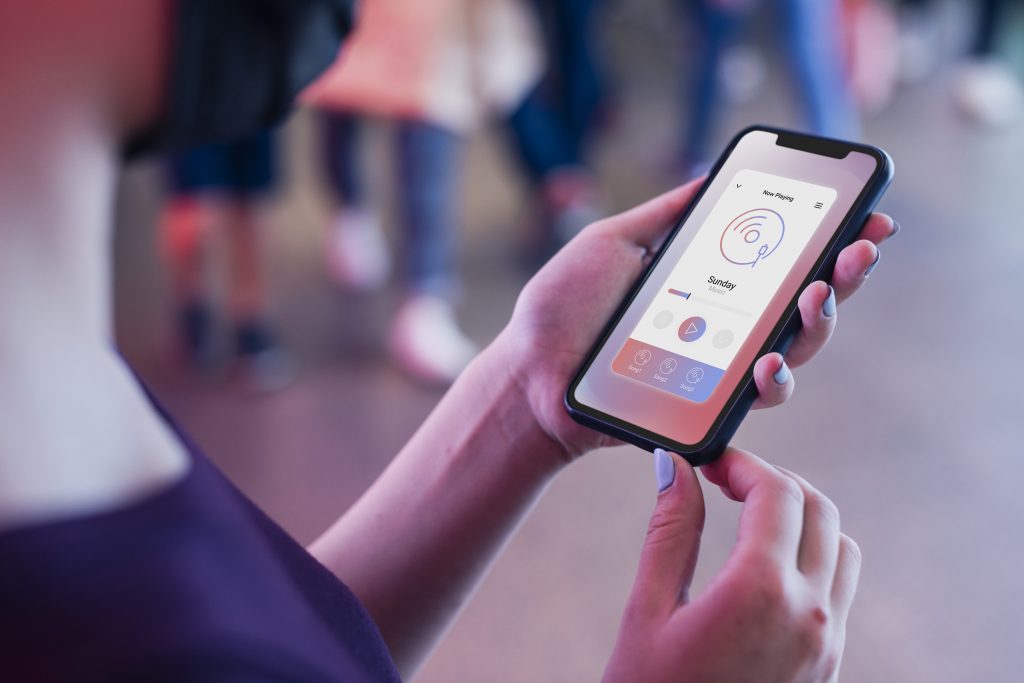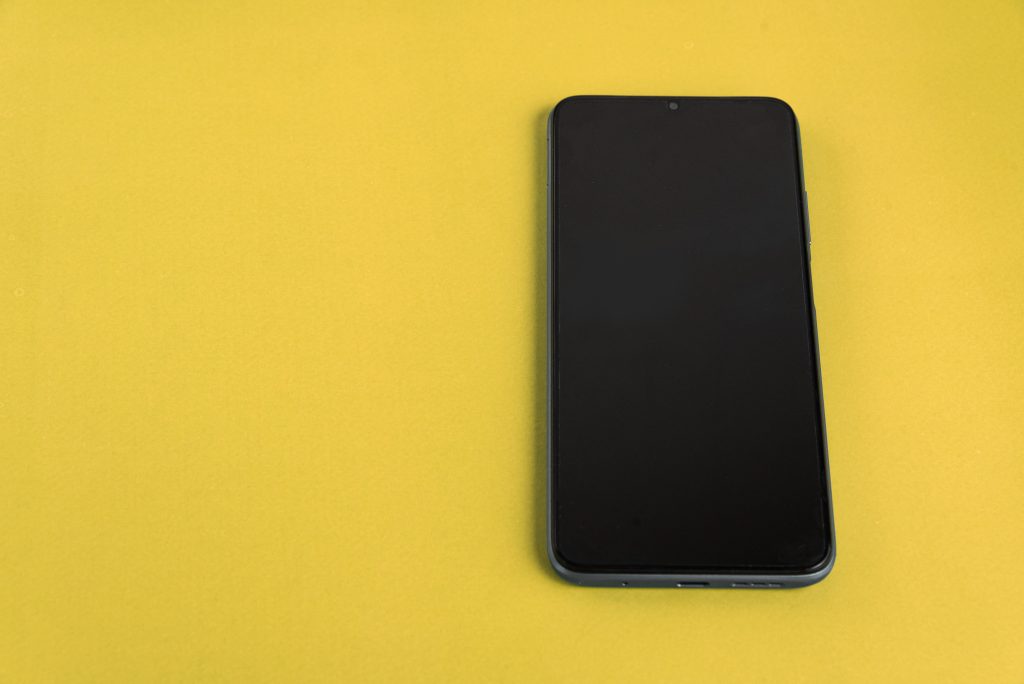Comparative Insights: AT&T Device Unlock vs. Other Carriers’ Unlock Policies

As mobile technology keeps changing, the debate about the issue of phone unlocking has been rapidly growing more important for consumers to take charge and enjoy freedom with their devices. The AT&T smartphone unlock policies, like for any large carrier, broadly define how a user will use his device outside one network’s scope. The following article provides a comparative analysis to emphasize the differences between AT&T’s unlock policies and its competitors.
AT&T SIM Unlock: A User-Centric Approach
What’s cool about AT&T’s unlock policy is that at the heart of it is the customer: they can request an unlock online if they’re in good standing, after which the device will be paid off in full and not have been reported as lost or stolen. Other than that, AT&T insists that the device remain active on the AT&T network for a certain time. This removes ambiguity, making it straightforward and accessible to ensure users can navigate the unlocking process.
Comparing Major Carriers
Regarding AT&T, the top carriers compare very differently in their unlocking policies, one from the other, down to requirements and procedures. For example:
Then, historically speaking, Verizon also had a friendlier unlock policy, with most of its devices coming unlocked. However, until recently, Verizon implemented an extremely short post-purchase period before they could automatically unlock the devices, obviously to deter theft and fraud.
T-Mobile requires a specific term of service and account standing like AT&T but with more conditions concerning the volume of phone use and timing of the request for the unlocking relative to the plan financing the device.
Under the T-Mobile umbrella, Sprint follows similar guidelines as T-Mobile, where the device has to be active on the network and fully paid off, with the account in good standing.
User Considerations and Flexibility
What makes AT&T’s unlocking policy stand out from all the others is that this one nails it when it comes to stating clearly how it can be done and under what conditions a device may be unlocked. This transparency is good for the customer as it sets only the right expectations and complicates the process. The limitation is that the device should have been active in AT&T’s network for a duration. This may disadvantage some users who mostly get their devices through a third party or as a gift.
Third-Party Unlock Services: A Common Alternative
Those users who identified that they were locked out of unlocking their devices turned to a new trend: unaffiliated unlock assistance services in charge of unlocking, no matter the carrier. Whereas it could be very simple for users, not all users can accomplish the conditions of the unlock AT&T handset procedure, so they sometimes opt for alternative solutions. This further strengthens the need for unlocking services and the necessity for a carrier to align its policies daily in light of ever-changing customer demands.
Conclusion
The landscape of carrier unlock policies, with AT&T network unlock policies at the top, indicates a thorny ecosystem devised to balance network security with consumer flexibility and regulation. As providers look to manage a burgeoning mobile-first customer base, these policies will evolve and play a further ongoing part in defining the user experience. In other words, the most important thing is for the consumer to understand the policies so that he or she is liable to use their mobile device with the maximum utility and flexibility, including smooth navigation between the networks and services.




